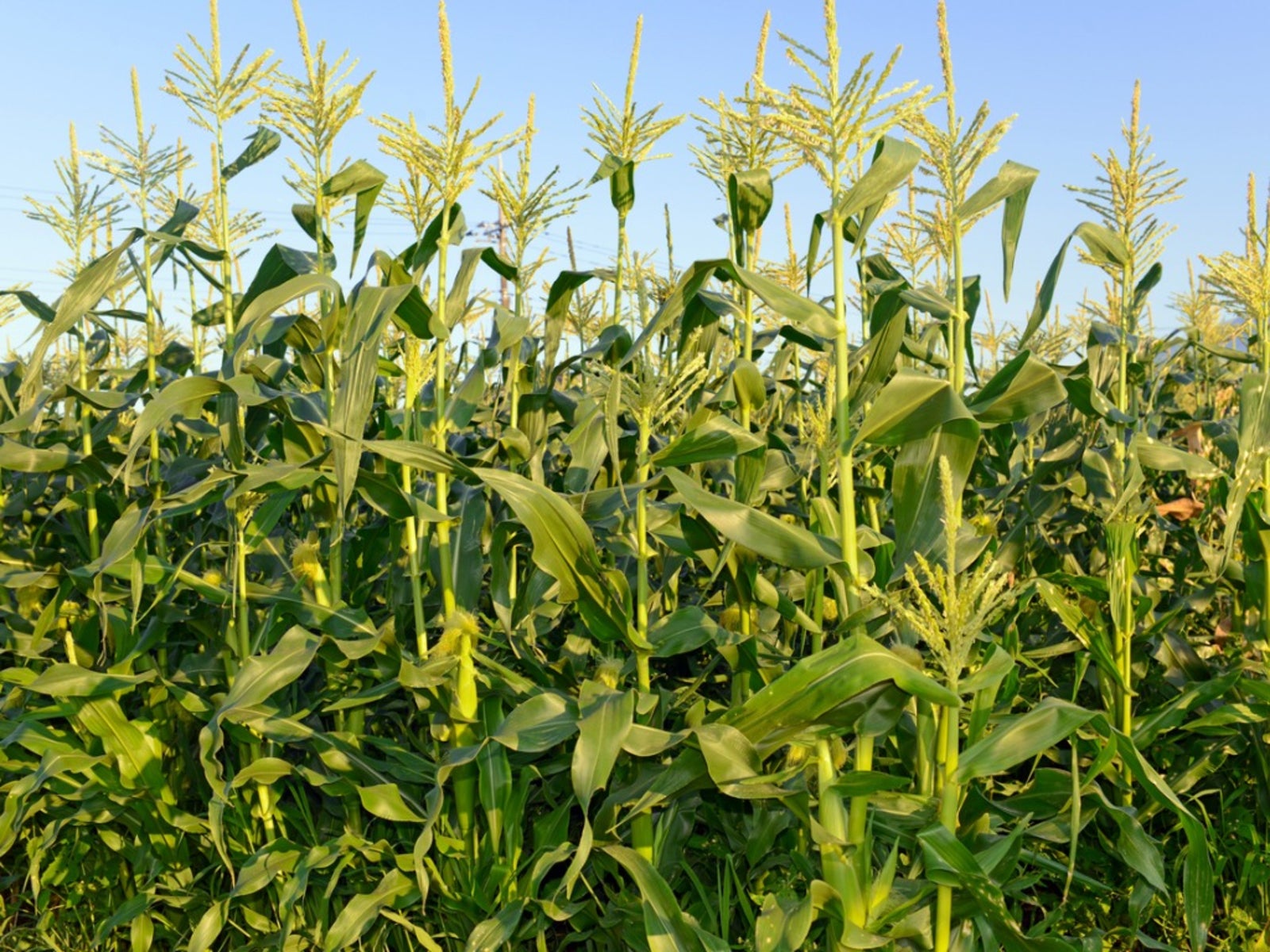Cross Pollination Of Corn: Preventing Cross Pollinating In Corn


Fields of waving corn stalks are a classic sight in many United States regions. The impressive height and sheer volume of the plants is a symbol of American agriculture and a cash crop of huge economic importance. In order to keep this cash crop at its best, preventing cross pollinating in corn is vital. Keep reading to learn more.
Can Corn Cross Pollinate?
Corn pollinates with the help of the wind, which catches the fine dust and swirls it around the field. Some corn is self pollinating, but the majority relies upon the other plants standing with it for pollination. Can corn cross pollinate? Most varieties cross pollinate easily, but the resulting plants are not of the same variety as the parent plants, and may even be a completely different strain. The hybrid strains dilute over time with cross pollination, resulting in plants that do not carry the carefully cultivated traits. The next generations can even revert back to carrying the problems that the original plants had been bred to prevent.
Corn Cross Pollination Info
So what's going on with cross pollination of corn? Instead of pollinating insects such as moths, bees, and butterflies exchanging pollen among plants with their activities, corn needs wind. This random, chancy method of pollination allows a huge area to be pollinated by the same strain of pollen. As a gust of wind ruffles the tassels of the corn plants, it catches ripe pollen and sweeps it over the other corn flowers. The danger arrives when there is another strain of corn growing nearby. The effects of cross pollinating can yield next generation plants that bear unfavorable traits. Much research has been done on improving hybrids of the plant in an effort to increase yield, reduce pest and disease problems, and create a more vigorous variety of corn. Cross pollination of corn can reduce these gains in biological engineering that science has developed. Preventing cross pollinating in corn is important to preserve the strain of corn that's been planted.
Preventing Cross Pollination of Corn
Farmers with high yield production are armed with corn cross pollination info that helps them prevent the loss of the original crop. The effects of cross pollinating can be reduced characteristics, but it can also include a phenomenon called hybrid vigor. This is when the next generation or two from cross pollinating result in enhanced plants. This is not usually the case, so preventing cross pollination of corn is important to preserve the variety of crop that the grower has selected for its qualities. The best way to do this is to keep other strains from nearby fields. Only plant one variety of corn to keep open pollination from becoming cross pollination and moving into other corn varieties. Preservation of the desired traits can only come from untainted crops, which receive pollen only from their strain. Pollen can travel a mile in a couple of minutes with only a 15 mph wind, but the number of granules is greatly diminished. Researchers have decided that a 150 foot (46 m.) buffer between different corn varieties is sufficient to prevent the majority of cross pollination.
Gardening tips, videos, info and more delivered right to your inbox!
Sign up for the Gardening Know How newsletter today and receive a free copy of our e-book "How to Grow Delicious Tomatoes".

Bonnie Grant is a professional landscaper with a Certification in Urban Gardening. She has been gardening and writing for 15 years. A former professional chef, she has a passion for edible landscaping.
-
 Try The Trend – Turn Any Bed Into A Keyhole Garden With This Clever In-Ground Composter
Try The Trend – Turn Any Bed Into A Keyhole Garden With This Clever In-Ground ComposterKeyhole gardening is an efficient and sustainable practice that saves space. Get started on this DIY project quickly and easily with an in-ground composter.
By Bonnie L. Grant
-
 4 Superfast Composting Methods: Turn Waste Into Garden Gold In 30 Days Or Less
4 Superfast Composting Methods: Turn Waste Into Garden Gold In 30 Days Or LessTry the fastest composting methods to turbocharge your pile and transform kitchen scraps and garden waste into finished compost in just a few weeks.
By Mary Ellen Ellis